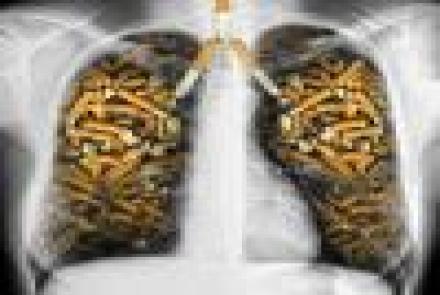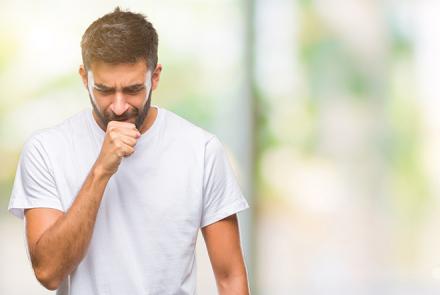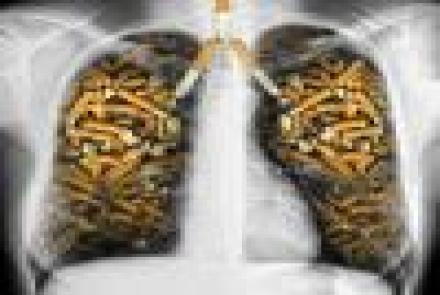
Pulmonary Phsyiotherapist Mrinmayee Koltharkar talks of the hygiene protocols, do’s and don’ts of home oxygen therapy and tips on managing travel with oxygen therapy.
In the previous article, she explained what is Oxygen therapy, when it is prescribed, symptoms of low oxygen to watch out for, how it is delivered and types of delivery systems and complications related to oxygen therapy.
What are the hygiene protocols one should follow when using oxygen systems at home ?
To ensure good delivery of oxygen and to prevent infections, all patients needing oxygen therapy & their caregivers should be well versed with following protocols
- Regular inspection and servicing of the machines is needed for good functioning and better oxygen purity. Please refer to the machines manual for recommended service intervals
- Place the oxygen delivery system in a clutter-free environment that is well ventilated, smoke free, away from combustible materials
- Avoid using an oxygen concentrator in a dusty environment
- It is recommended to clean the machine internal filter at least once a month
- Make sure the particle filter is completely dry before reinsertion
- Clean the outside of the concentrator and external filters (if applicable) weekly
- Use alcohol to wipe down the tubing connected to the nasal cannula regularly
- Replace nasal cannulas/face masks and tubing monthly if using oxygen continuously or every 2 months if using oxygen intermittently
- Post flare-up, cold, or infection replace the nasal cannulas/face masks after infection is subsided, even though if it was recently changed
- When not in use, avoid randomly throwing the nasal cannulas/face masks on floor or any potentially risky surface for infection. Prefer keeping it in a clean container or a bag
- Daily changing of distill water from the humidifier bottle
- Regular cleaning of humidifier bottle with mild soap and suitable antiseptic solution
Any other do's and don'ts that patients should observe while using oxygen?
Oxygen is a safe, non-explosive gas when handled correctly. However, any material that is already burning will burn much faster in an oxygen-enriched environment, so the following precautions should be observed when you use home oxygen,
- Keep the oxygen at least 3 metres from any open flame or heat source, such as candles, diya, incense stick or a gas stove, or from anything that could cause a spark
- Do not smoke or let anyone else smoke near the oxygen equipment
- Avoid using anything flammable near the oxygen, including petrol, cleaning fluid, and aerosol cans or sprays such as fresheners or hairspray
- Do not allow oil or grease to come into contact with oxygen supply devices i
- People on home oxygen should avoid using facial cream, vicks, balms as they contain emollients or petroleum jelly that is flammable. Alternative use of water based products is recommended. Heating pads are best avoided
- Check that all electrical equipment in the vicinity of the oxygen is properly grounded (earthed)
- Avoid using electrical appliances such as hairdryers, microwaves, toasters, razors while oxygen is in use
- Make sure you have smoke alarms in your house
- Keep the oxygen equipment clean and dust free
- Always plug your oxygen concentrator into a grounded electrical outlet. Never use an extension cord or power board
- As the oxygen concentrator becomes hot when in use, locate it in a well-ventilated area, away from curtains or drapes
- Rest the concentrator for 20 – 30 minutes after continuous usage for 7 – 8 hours, it might become too hot otherwise
- Store oxygen cylinders in an upright secure position in a well-ventilated area away from any open flame, heat source or direct sunlight. Do not cover with cloth or plastic.
- Handle oxygen cylinders with care to avoid damaging them
- Secure and transport oxygen cylinders correctly. Check with your states department of transport regarding the transport of oxygen in cars as safety standards may vary from state to state
- Use the correct pressure gauge and regulator
- When a cylinder is almost empty, close the valve and mark the cylinder empty
- If you have been prescribed oxygen 24 hours a day you may need a back-up oxygen cylinder. Discuss with your doctor whether this is the case for you
- Discuss emergency plans for power loss, natural disaster, symptoms of low oxygen, or depleted oxygen supply. Instruct the caregiver to call emergency and to notify the health care practitioner
Additional tips for patients using oxygen therapy
- You can comfortably shower with oxygen on. Keep tubing safely over a curtain rod. If needed use a long cannula while bathing. Remove cannula safely while washing face. Keep the oxygen machine/cylinder outside in a dry area while bathing
- To avoid tripping over the oxygen tubing, tape the tube to the back of your shirt/ top
- Use water based gels for face, nose and lips instead of petroleum jelly
What to consider when traveling by air with oxygen?
Many airlines allow the use of portable oxygen concentrators to provide in-flight oxygen. There are a number of these devices approved for airline use but do contact your individual airline to obtain a list of approved devices and required documentation for use of portable concentrators on their airplanes. You will be required to use the battery on the portable concentrator during the flight. Ask your provider to rent or loan you enough batteries to last the duration of your flight. The Federal Aviation Administration (FAA) requires enough batteries to run the concentrator for 150 percent of travel time (including layovers).
Will I become addicted to oxygen if I use it?
This is unfortunately a myth. You will definitely not become addicted to using oxygen. Starting oxygen when it is clinically necessary will help protect your organs from long term effects of hypoxemia and may also help to stabilize your condition.
Finding your “new normal” with oxygen might be a challenging at times, but I have patients that go to movies, malls, office, travel extensively and garden as well while wearing oxygen. I would encourage you to start wearing oxygen as prescribed and look for more user friendly oxygen systems to lead a active lifestyle. Because ultimately if you can’t breathe nothing else matters!

Mrinmayee Koltharkar, Pulmonary Physiotherapist |Researcher
CEO & Founder of The Pulmonary Rehab and Caring Conversations
Vice President The Society of CVPR | International Speaker
M.P.Th., B.P.Th., M.I.A.P., Mumbai India | https://linktr.ee/ThePulmonaryRehab
References
ATS Guidelines for oxygen therapy (https://www.atsjournals.org/doi/epdf/10.1164/rccm.202009-3608ST?role=tab)
BTS Guidelines for administration of oxygen therapy (https://bmjopenrespres.bmj.com/content/bmjresp/4/1/e000170.full.pdf)
American lung association (https://www.lung.org/lung-health-diseases/lung-procedures-and-tests/oxygen-therapy/how-can-oxygen-help-me)
National Jewish Health (https://www.nationaljewish.org/conditions/medications/on-the-go-with-oxygen)
NHS (https://www.nhs.uk/conditions/home-oxygen-treatment/)
















